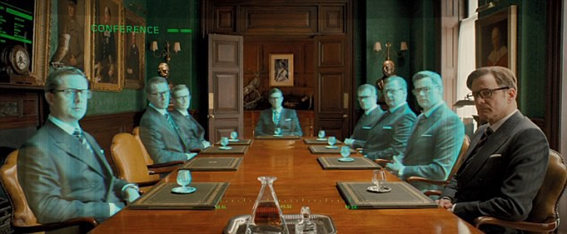The dramatic evolution of electronics in the last decades has led to the possibility to imagine, design and offer services based on the interaction of functional components deployed in many distributed computing resources of many kind, from small motes, embedded systems, and smart-phones to large data centers and even High-Performance Computing (HPC) facilities. System design in this new context should address effectively new requirements. Among them, scalability, reusability, human interaction, easy modeling, fast design-space exploration and optimization, powerful functional and extra-functional verification, efficient handling of mixed-criticality and security, etc.
Model-driven development (MDD) has been proposed to capture the initial, high-level model of those complex systems. MDD has proven to be a useful modeling and design technology able to address the above mentioned requirements. The model can be used to capture all the relevant information of the system, supporting all the system-level design steps in a single-source design approach. The adoption of standard languages and profiles, like Unified Modeling Language (UML) and the Modeling and Analysis of Real-Time Embedded Systems (MARTE), contributes to a standard graphical representation and the reusability and interoperability of the models. The University of Cantabria is applying MDD based on UML/MARTE in the modeling of a positioning system for Mixed Reality applications. The final system will allow to create a virtual meeting room where people from anywhere will be able to meet as they were there, interacting each other through their avatars.
One of the most important aspects to be solved is related to the spatial location of objects and people in the defined environment. Objects will be the real objects in the participant’s room. People should be able to move in the real environment and so should be done by their avatars in the virtual environment. Thus, an accurate enough positioning system is required. To achieve this goal, one of the most widely used technology is based on visual marker recognition. A marker could be composed of a light-emitting diode (LED) and a black contrast surface. Nevertheless, the real scenarios can be very different environments with multiple conditions. This is a critical obstacle in the marker recognition process. The variability of conditions among environments hinders the process of marker detection. The changes in illumination or distance complicate the achievement of the necessary accuracy. Another important issue to consider is the computational load of the process
Our work proposes a low-cost marker (composed of a LED and a contrasting surface) that enables the detection of the marker at long distances. The algorithm presented minimizes the number of operations in the processor such as multiplications or divisions as it is based on the calculation of the derivative of the luminosity by subtractions. This image processing is fast, straightforward and robust under changes in lighting conditions and distances. This allows a high-performance calculation in the processor and enables the increase in performance with the use of a DSP module. Full details of the paper we have published on this topic are freely available here.

